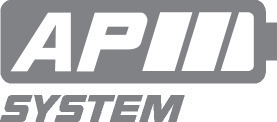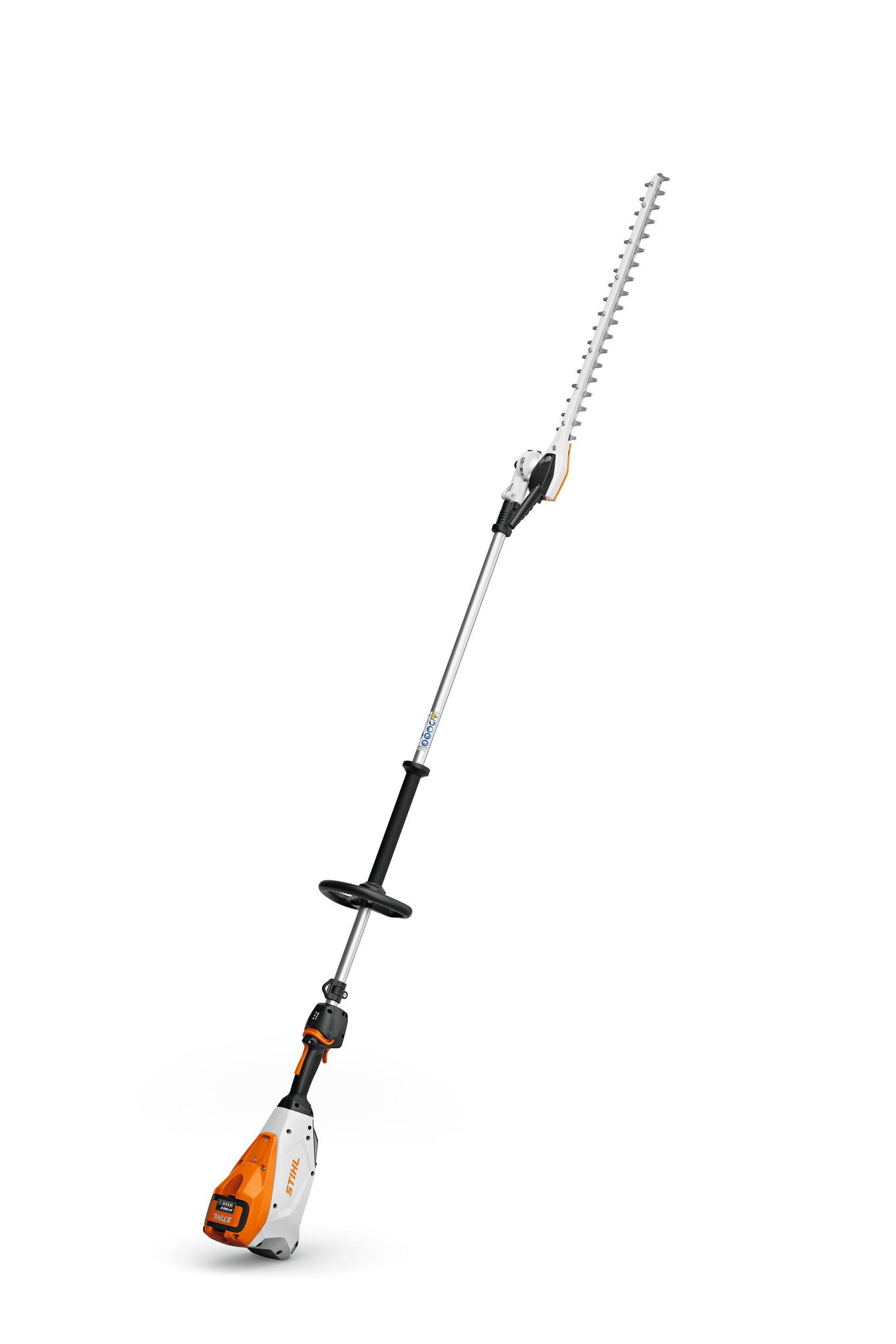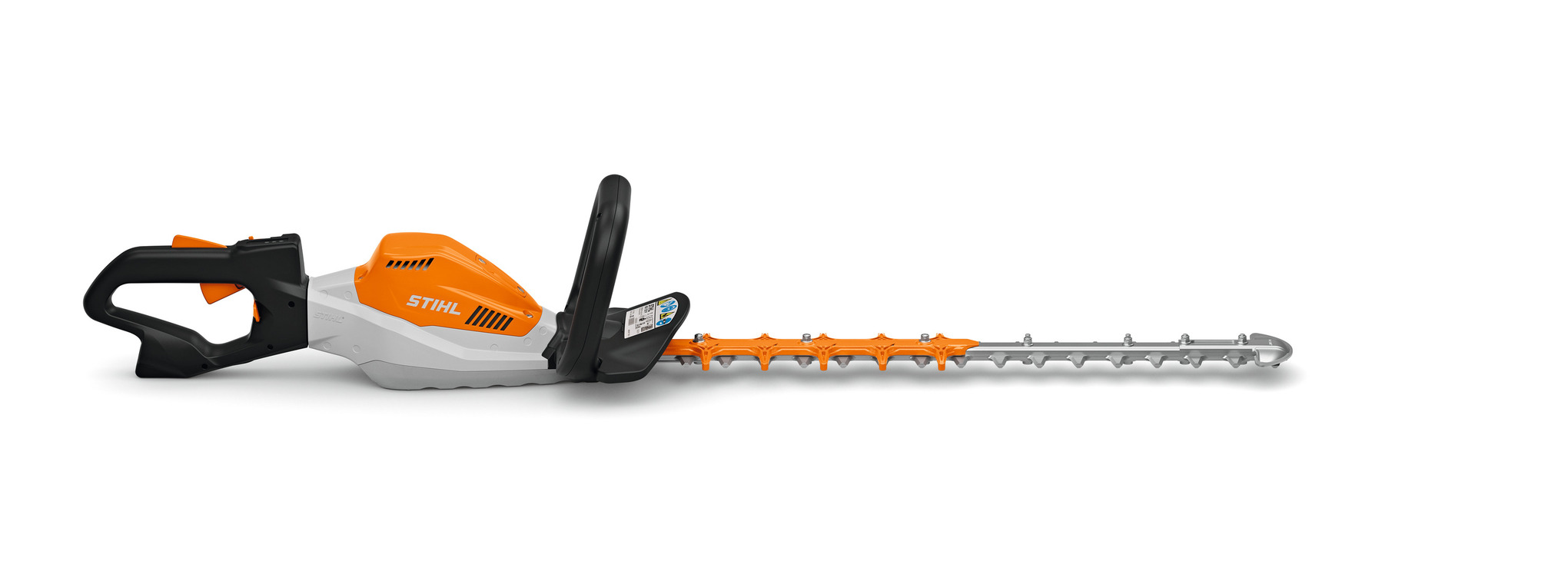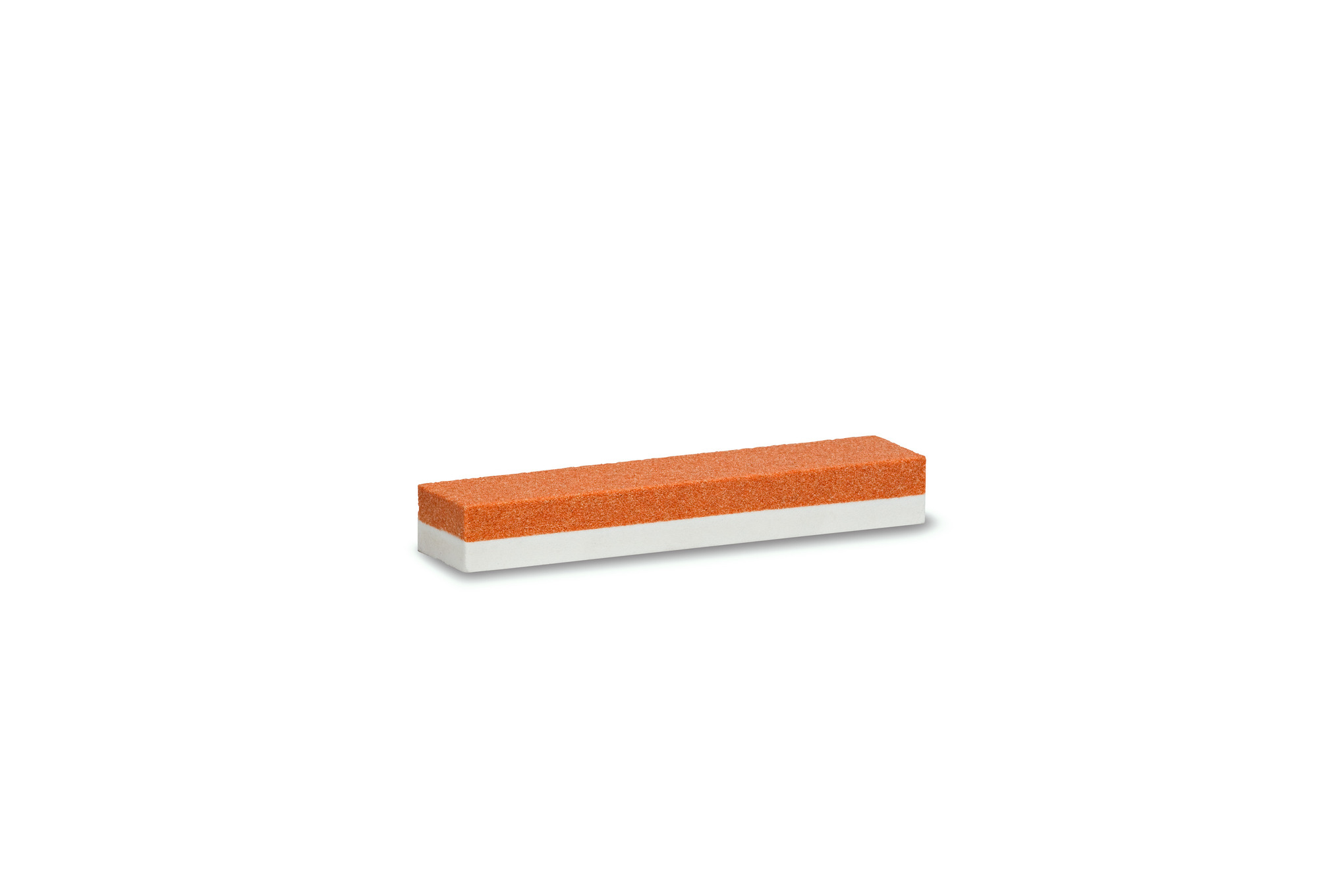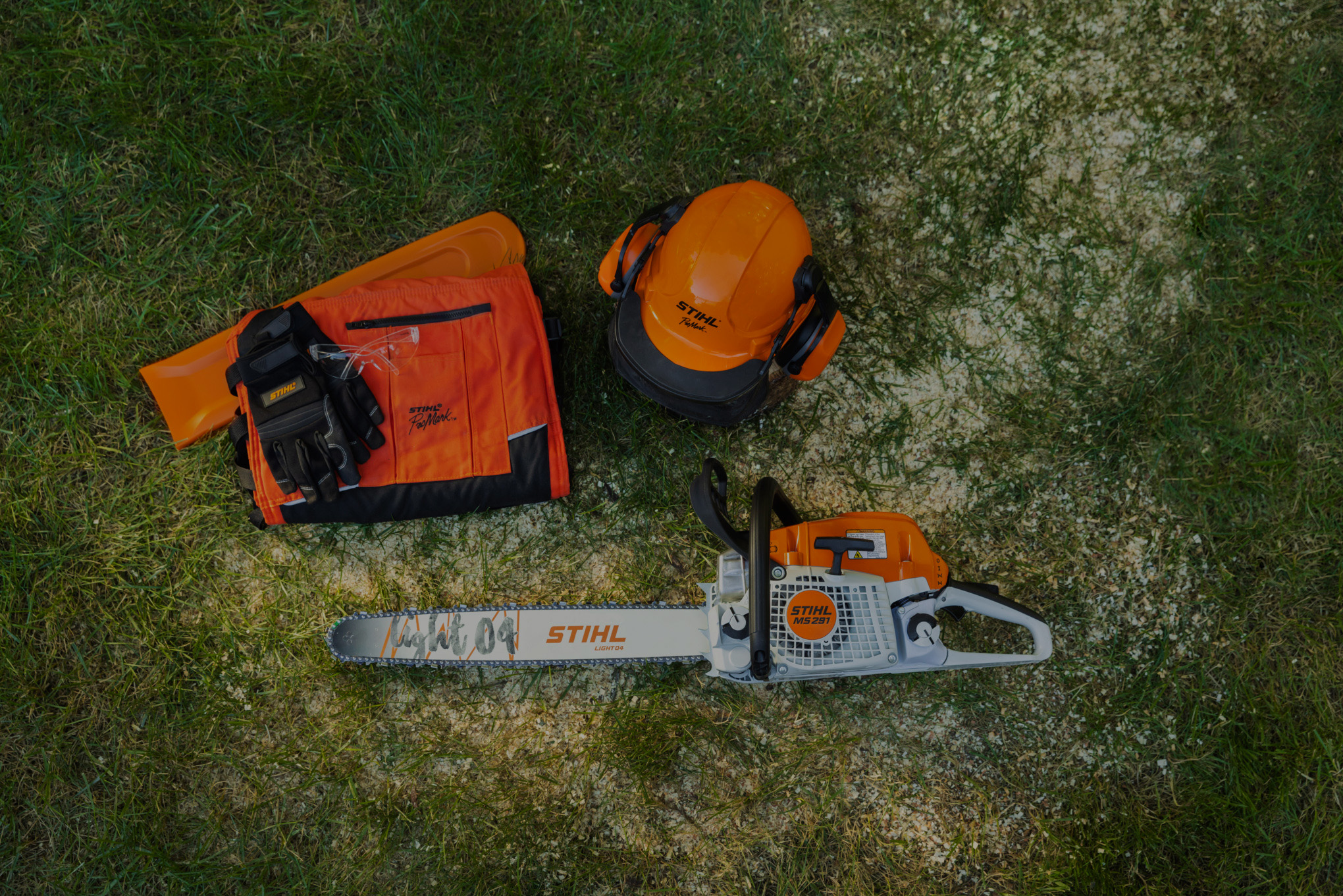Preventing disease in hedge plants
Healthy hedges start with the right care. Learn why clean tools are essential to effectively prevent plant diseases.
06.11.2025

Overview: Disease prevention
- The Bathurst Estate’s towering hedge, which is 14 metres high and 120 metres long, illustrates how thorough care can prevent diseases
- Regular cleaning and care of tools prevents the transmission of pathogens
- Sharp blades make precise cuts, which means hedges heal quickly
- Regular hedge checks can detect diseases and damage at an early stage
Disease prevention starts with tools that are disinfected and sharpened regularly. Clean cuts promote rapid wound healing and reduce the risk of transferring fungi or bacteria. You can also rely on power tools with high cutting precision such as STIHL battery hedge trimmers.
Dry stress caused by heat in cities makes hedges vulnerable. Coordinated irrigation, mulching for moisture regulation and regular fertilisation promote resilience. Regularly check the plants for the first signs of stress such as chlorosis or pest infestation.
Properly maintained equipment guarantees more precise cuts, as well as minimising the transmission of pathogens between plants. Daily cleaning, sharpening and disinfecting of the blades protects hedges and maximises the working life of your tools.

Hedge trimming also helps prevent diseases
Best practice: The world-famous hedge at Bathurst Estate
The famous hedge at Bathurst Estate in Cirencester, England, is an example of world-leading care. With a height of 14 metres and a length of 120 metres, it is the tallest yew hedge in the world according to the Guinness Book of Records.
The hedge planted in 1720 is cut once a year in the first two weeks of August – a complex process that takes about ten days and requires a lot of experience. While executing the work, forester Iain Garett and lead forester Oliver Murray carefully check the hedge for signs of diseases such as fungal infestations or injuries that could affect the health of the hedge. The hedge is over 300 years old, so regular care is essential to preserve the unique appearance and vitality of this living landmark.
“A thorough inspection is crucial to detect problems early and ensure the longevity of the hedge.”
Iain Garett, Forester at Bathurst Estate
Health risks to hedge plants
A number of factors can endanger the health of hedge plants:
- Unclean tools:
Dirty blades transmit pathogens such as fungi (for example, phytophthora root rot) or bacteria. Regular cleaning is particularly important if the tools are used in many different locations. - Pests and climate change:
Higher temperatures and longer periods of drought put plants under stress and make them more susceptible to disease. The professionals at Bathurst Estate report an increase in fungal infections due to changes in environmental conditions. - Injuries:
Damage to plants due to improper cutting or damaged branches serve as entry points for pathogens. - Global trade:
Importing plants increases the risk of introducing new pests and diseases.
At Bathurst Estate, one of the hedge sections showed signs of chlorosis – a yellowing of the needles caused by a local nutrient deficiency. Early detection of issues and quick implementation of solutions are required to keep the hedge healthy in the long term.
Clean tools: The key to healthy hedges
Dirty blades not only lead to unclean cuts, but also to poorly healing wounds, which are ideal entry ports for pathogens.
Regular cleaning and sharpening of the tools, on the other hand, ensure precise cuts that help plants to regenerate quickly.
“With clean and sharp tools, we not only protect our plants, but also ensure the quality of our work.”
Iain Garett, Forester at Bathurst Estate
Battery power tools for clean cuts
Optimum equipment care for disease prevention
To achieve the best results and minimise the risk of disease, the professionals at Bathurst Estate do the following:
After each use, the tools are thoroughly cleaned of plant residue and resin deposits. The team uses STIHL Superclean for excellent cleaning and lubrication.

Before and after each use, the blades are thoroughly disinfected to prevent the transmission of pathogens. This step is especially important when tools are used in different locations.

Blunt blades lead to unclean cuts, which make plants more susceptible to diseases. Regular sharpening keeps the blades in top condition resulting in clean, precise cuts.

To minimise the risk of disease transmission, tools should only be used for specific areas or tasks. This separation ensures that no pathogens can be transmitted from one location to the next.

After each work shift, the team checks their tools for damage or wear. This allows any deficiencies to be detected and remedied early before they endanger the work or plants.

Sophisticated processes: From cutting to cleaning
Maintaining the record-breaking yew hedge requires not only skill, but also the careful use of modern tools. First, the hedge is shaped with powerful battery hedge trimmers.
The areas further up pose a particular challenge. With the help of a platform, the hedge can be worked on safely and precisely without putting the structure of it at risk. The STIHL HLA 135 battery extended hedge trimmer, with a total length of 2.49 metres, is used for cutting on the top. The cutter bar can be adjusted by 145 degrees, making it easy to adapt to the conditions.
Finally, the team uses battery leaf blowers to clear the cut branches and debris. This keeps the hedge healthy, and helps maintain its flawless appearance.
Advantages of STIHL battery power tools in professional use
Choosing the right tool plays an important role in maintaining hedges efficiently and with care. Our STIHL battery tools also offer many other advantages too:
- Quiet operation: Perfect for working in residential areas or historic locations such as Bathurst Estate, without disturbing local residents or visitors.
- Emission-free at the point of use: Ideal for companies that value sustainable working.
- Superior ergonomics: The tools are light and well-balanced to allow fatigue-free work.
- High efficiency: Batteries can be easily charged during lunch breaks, for example.




